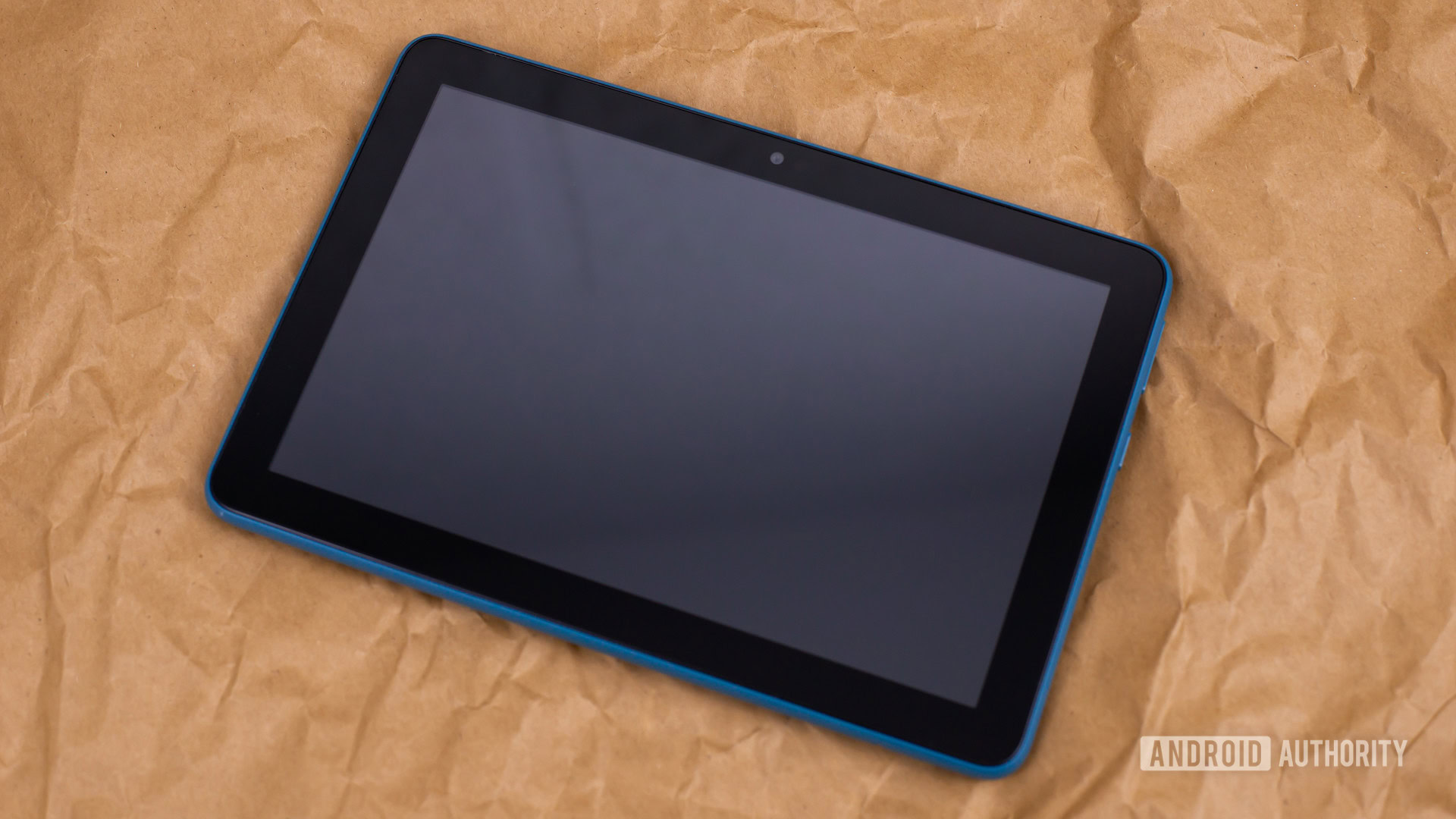

WHERE IS VOLUME CONTROL ON OLDER KINDLE FIRE PC
The pocket PC and the Sony eBook reader had page turn buttons. I started reading eBooks on a Pocket PC, migrated to a Sony reader, then to a Nexus tablet and now to a Samsung tablet. That ereader was the Pyrus Mini from Trekstor, and it was the smallest ereader I’ve ever seen.Īnd now the Kindle Oasis has page turn buttons to one side of the screen, and an accelerometer so it can tell which way is up and flip the screen orientation to suit both lefties and righties.Īlas, the Oasis costs more than most of us can afford, but it’s still a good inspiration for the following question:ĭo want page buttons on your next ereader? If so, what kind of button layout would you want?

Other ereaders had navigation wheels (or d-pads which doubled as page turn buttons), and one even had the page turn buttons mounted on the edge of its frame. Some, like the models mentioned above, only had buttons on one side of the screen, while others like the Nook Touch, the early Sony Readers, and the first several Kindles all had page turn buttons on both sides of the screen or below the screen. When it comes to ereaders, there are many were/are may different ways that page turn buttons could be configured. They could be found on ereaders of all shapes and sizes, including the Pocketbook 360, with its 5″ screen, the Pocketbook Inkpad (8″ screen), and even on large screen ereaders like the Kindle DX or the Onyx Boox Max. The Rocket eBook was just the first of many ereaders with page turn buttons. It was never commercially successful, but as you can see it does share certain design elements with the Kindle Oaxis. The Rocket eBook holds the distinction of being the very first ereader. This $290 ereader hearkens back to an early ereader, the Rocket eBook. Even when you’re holding your ereader with your thumb or finger off the screen, it’s easy for your finger to slip onto the screen and cause inadvertent page turns.Īnd now Amazon has recognized that fact, and brought page turns buttons back into vogue with the Kindle Oasis. We find it easier to maintain a one-handed grip, and turn the page simply by pressing down rather than tapping or swiping the screen, which sometimes requires adjusting one’s hold on the ereader.īuttons are also more consistent in how they respond to your touch one often has to be careful with a touchscreen to make sure that the taps are recognized as page turns, and not as a long press (this could trigger the note-taking or dictionary look-up function).Īnd then there’s the the fact that bezels are getting smaller all the time.

In fact, we like buttons so much that we seek out reading apps for smartphones that let you re-purpose volume buttons as page turn buttons. Some readers, including this blogger, prefer the convenience and feel of real page turn buttons. Sure, some device makers like Onyx, Pocketbook, and Boyue keep releasing ereaders with page turn buttons, but for a lot of people the first new ereader they’ve seen with real page turn buttons (and this doesn’t include the faux buttons on the Kindle Voyage) is the Kindle Oasis. Manufacturers started phasing out page buttons in favor of minimalist designs, and now physical page buttons are so uncommon that they are a rarity on new ebook readers. The first Kobo ereader, the first Nook, the first four Kindles, and all the Sony Readers all had page turn buttons (even Google’s ereader had page turn buttons), but then touchscreens started taking over about five years ago. It may be hard to remember this in 2020, when the Paperwhite has become the archetypal ebook reader, but there was a time when ereaders all used to have page turn buttons.


 0 kommentar(er)
0 kommentar(er)
